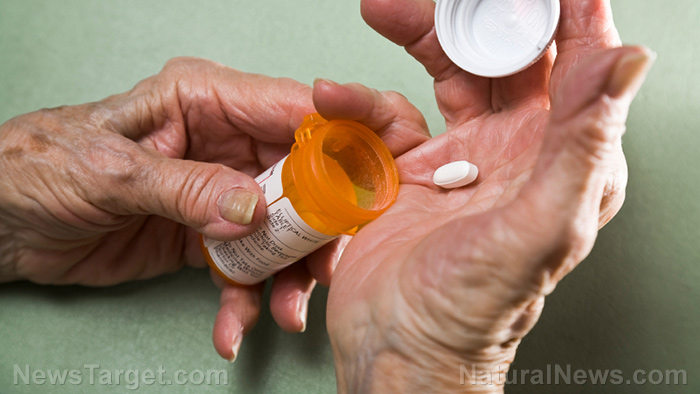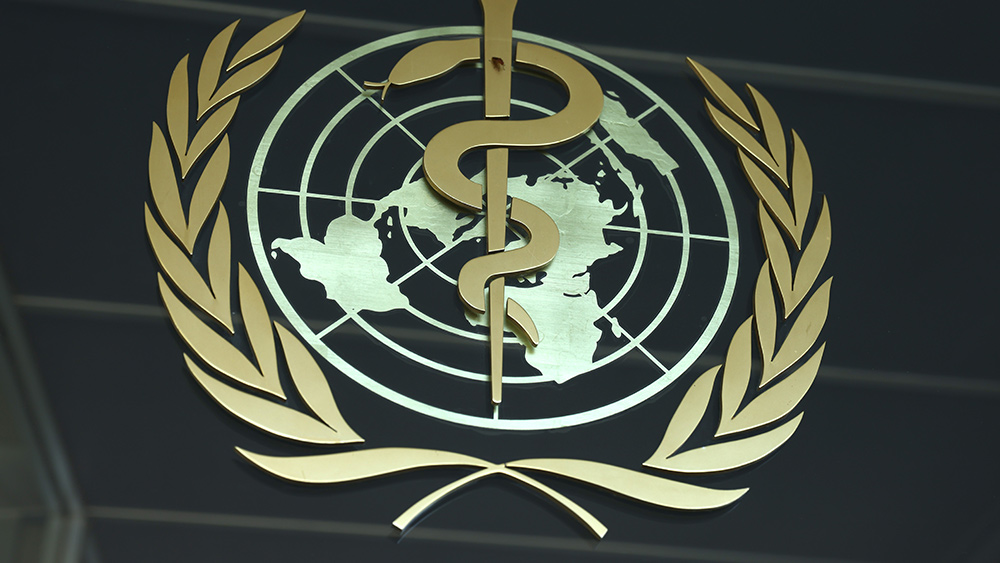
A month ago, CVS announced the closing of 900 stores (10 percent of all its branches) by the end of 2024 as it moves to an online telepharmacy strategy amid escalating incidents of retail crime, the Daily Mail reported.
On Oct. 18, Rite Aid announced closing at least 154 of its 2,253 stores nationwide as part of its bankruptcy process, with the U.S. Bankruptcy Court in New Jersey approving additional closings at a later date, NBC News reported.
Facing muted consumer spending and a pullback in demand for Wuhan coronavirus disease (COVID-19) vaccines, Walgreens expects to close 150 store locations in the United States and 300 store locations in the United Kingdom, said Walgreens Boots Alliance, Inc. CFO James Kehoe during a Third Quarter Earnings conference call with its investors in late June.
With three of the nation's largest drugstore chains closing thousands of store locations, many already vulnerable communities are at risk of becoming "pharmacy deserts."
"Pharmacy desert" risks should not be underestimated
In a study published in the Journal of the American Pharmacists Association, a "pharmacy desert" was described as a place in the United States where residents have no physical access to local pharmacies or the resources of the local pharmacy, including sundries, like toiletries, diapers and formula, garbage bags and other household grocery staples.
Researchers have also highlighted that a "pharmacy desert" is a place where at least one-third of its population lives more than one kilometer away from a physical store – placing a measurement to define its concept.
About one in four neighborhoods are "pharmacy deserts" across the country, estimated Dr. Dima M. Qato, an assistant professor in the Department of Pharmacy Systems, Outcomes and Policy at the University of Illinois Chicago (UIC).
For a study regarding pharmacy access points and health equity, Qato devised an "urban definition" as follows:
"An urban pharmacy desert is defined as a low-income community or neighborhood with no pharmacy within a half-mile for those with limited vehicle access. For low-income communities with adequate vehicle access, the defining radius extends to a mile."
As an extension of the UIC’s language for an urban pharmacy desert, TelePharm developed the definition of a "rural pharmacy desert" as follows:
"A rural pharmacy desert is defined as any area within a 10-mile radius without ready access to a pharmacy – for those that have access to transportation."
Qato added that the pharmacy closures are "disproportionately affecting communities that need pharmacies most" as these have become lifelines in rural or low-income areas, particularly in "food deserts" that have limited access to affordable healthy food.
Focusing on health disparities, public health champion Dr. Lorece Edwards, a professor of Public Health at Morgan State University, noted that pharmacists are often "the most accessible healthcare professional for marginalized, low-income communities."
Retail analysts say that "retrenchment has been a long time coming" for national pharmacy chains that are facing whiplash from increased competition from players, like dollar stores and other entities that provide wholesale prices for retail sales; changing customer behaviors; retail crime; staffing shortages; and supply chain issues for both prescription medication and over-the-counter drugs, among others.
Managing Director Neil Saunders of the analytics company Global Data Retail said, "The economics of running those stores have just unraveled and they’re not as profitable as they once were." (Related: THE VANISHING: Pharmacist shortage prompts closures at CVS. Walmart pharmacy locations.)
Can "pharmacy deserts" be stopped from spreading?
While telepharmacy services are being adopted to address the problem of pharmacist shortages and the ability to provide pharmaceutical services to underserved areas, as well as the availability of mail-order prescriptions online, it should be noted that a pharmacy is not merely a physical building.
For many, a pharmacy is their "go-to place" where anyone can go in, fill prescriptions and not have to wait several days for online purchases, buy a bottle of aspirin and other over-the-counter medicines plus a few groceries all in the same trip.
For instance, roughly 9,000 residents of Sandtown-Winchester in West Baltimore are underserved by primary care doctors and supermarkets that sell affordable, healthy food.
According to a PBS article, no major retail pharmacies have outlets inside Sandtown, and CVS, which for them is the nearest and closest to a real grocery store, is outside the neighborhood.
While independently owned pharmacies exist, such as Keystone and Care One, these lack the medical and non-medical varieties of a CVS or Rite Aid.
Some have launched pharmacy services on wheels. One such initiative called the "Way to Well Tour" was started by Walgreens back in 2012, in association with the American Association of Retired Persons (AARP) and the National Urban League.
Other initiatives, including McKesson Corporation’s "The Better Health Tour" and Rite Aid "Rite Track Diabetes Tour," have also highlighted the accessibility that mobile health vehicles can provide and the incredible number of people who can benefit from these health and screening centers on wheels.
Health disparities or gaps within various communities could be greatly narrowed by having a nationalized service similar to those previously mentioned.
Watch the following video to learn about how 60% of Indianapolis neighborhoods are pharmacy deserts.
This is from the Daily Videos channel on Brighteon.com.
More related stories:
Walgreens closing 5 more San Francisco stores due to organized shoplifting.
Over-the-counter flu and cold medicine shortage continues across the world.
Walgreens to close 150 stores by summer 2024 due to declining COVID-19 products.
Texas House passes bill to import cheaper prescription drugs from Canada.
Sources include:
Please contact us for more information.






















